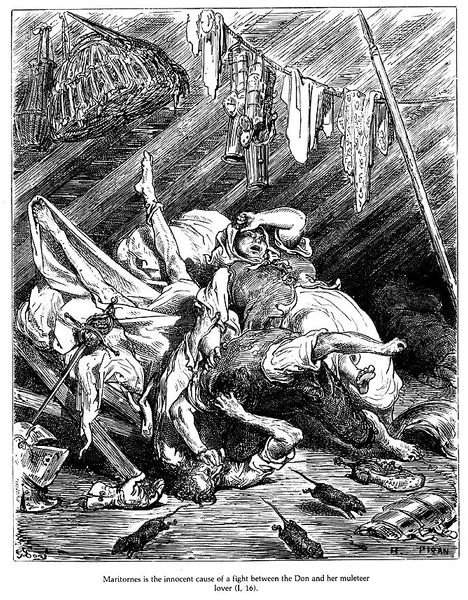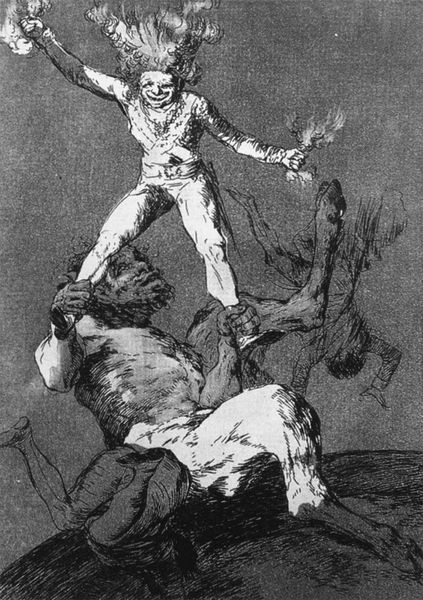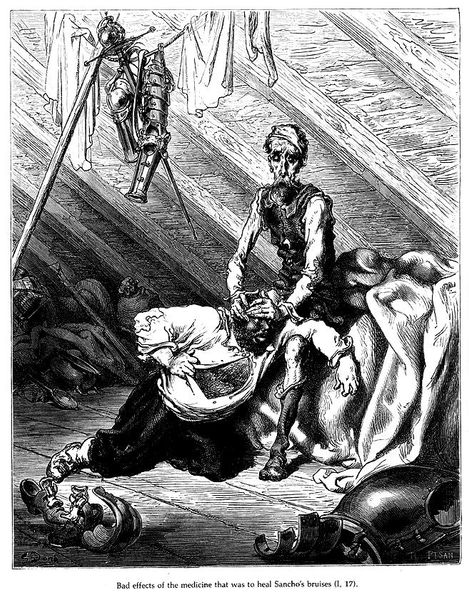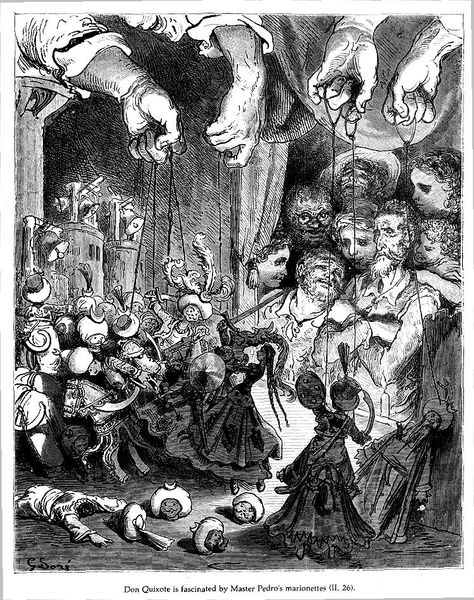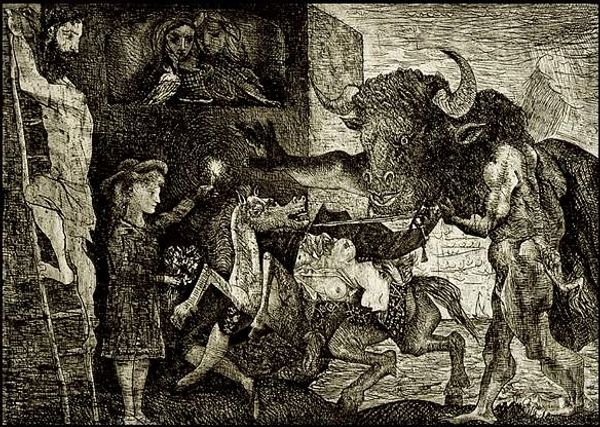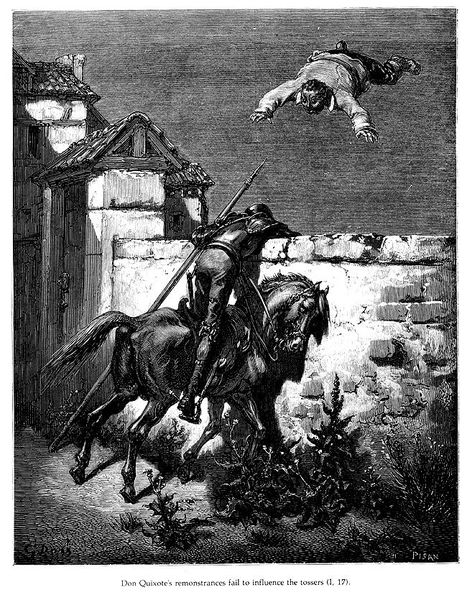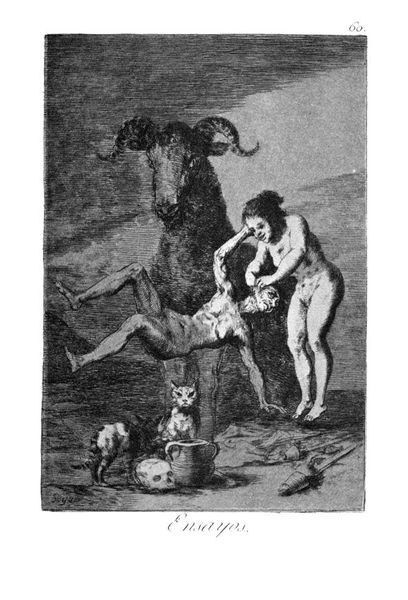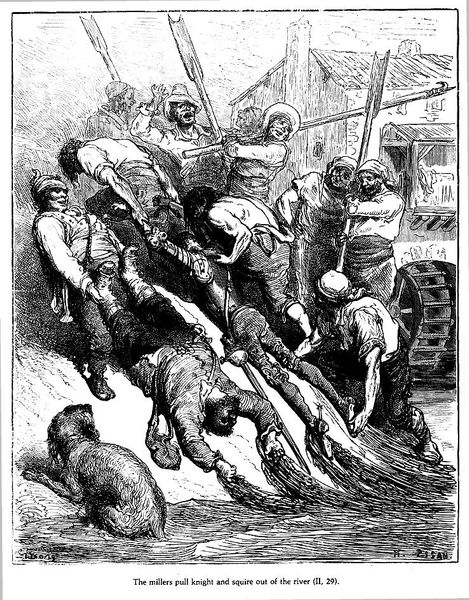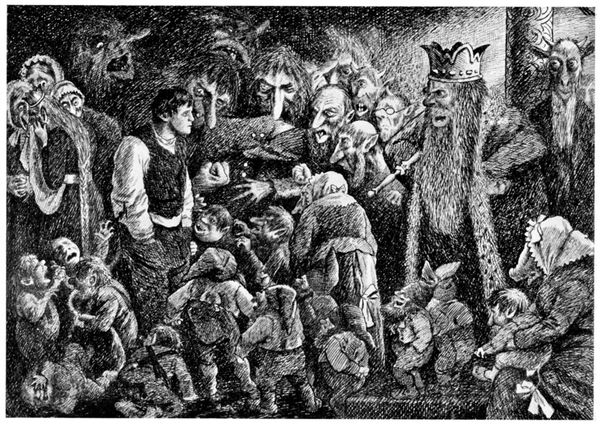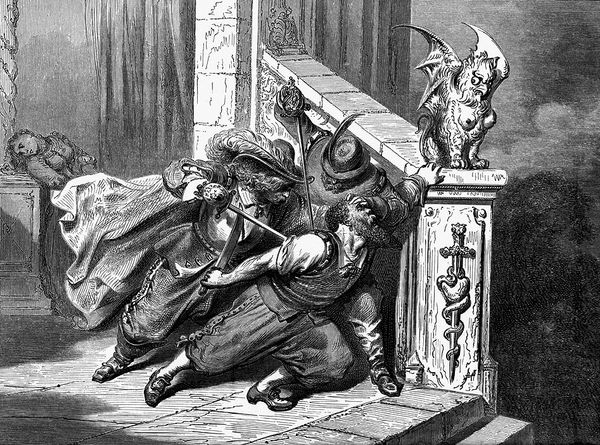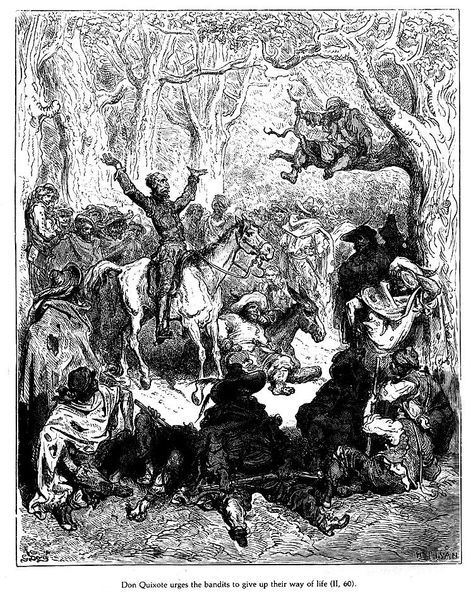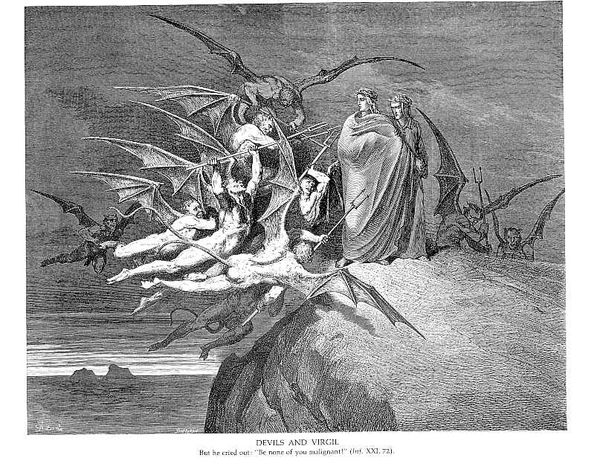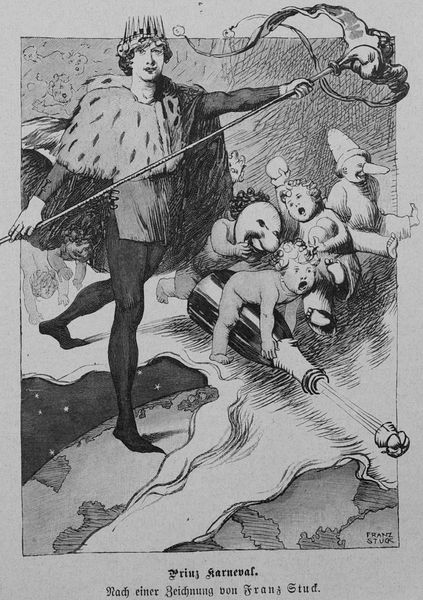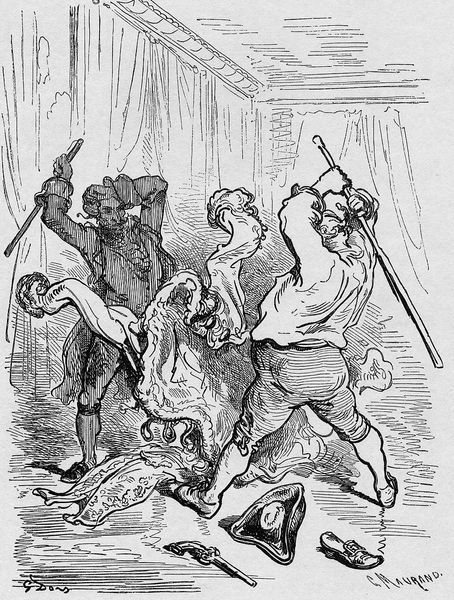
print, etching
#
medieval
#
narrative-art
# print
#
etching
#
landscape
#
figuration
#
romanticism
#
history-painting
#
realism
Copyright: Public domain
Editor: We are looking at "Ravages of War," an etching created around 1810 by Francisco de Goya, currently held at The Met. The print depicts a chaotic scene of bodies amidst what appears to be rubble. I'm struck by the strong contrast and dynamic composition, lending it a feeling of brutal realism. What do you see when you examine this work? Curator: Precisely, the high contrast is a key element here. Notice how Goya employs aquatint to create these dramatic tonal shifts. The dense crosshatching and the areas of deep shadow not only depict physical ruin, but also function as a powerful signifier of emotional darkness and moral decay. How does the spatial organization strike you? Editor: It feels very compressed, almost claustrophobic. The figures seem piled on top of each other with very little room to breathe. Curator: Exactly. The composition emphasizes the flattening of space, eschewing traditional perspective. This flattening contributes to the overwhelming sense of chaos and the loss of individual identity within the mass of suffering. The figures become almost sculptural elements, defined by line and form. Do you observe any specific compositional elements that draw your attention? Editor: I'm drawn to the way the light seems to hit the figure flailing above the pile of bodies, while most of the scene remains obscured. Curator: Indeed, the stark lighting isolates that figure, forcing us to confront the contorted body and the desperation conveyed through gesture. This is Goya using chiaroscuro to its fullest potential, highlighting specific forms to intensify the emotional impact of the overall structure. Editor: So, it’s not just about representing war, but also using formal techniques to convey its psychological impact. I’ll definitely look more closely at the composition in other works. Curator: Precisely. And by paying close attention to those formal elements, you come closer to grasping its essence.
Comments
No comments
Be the first to comment and join the conversation on the ultimate creative platform.
